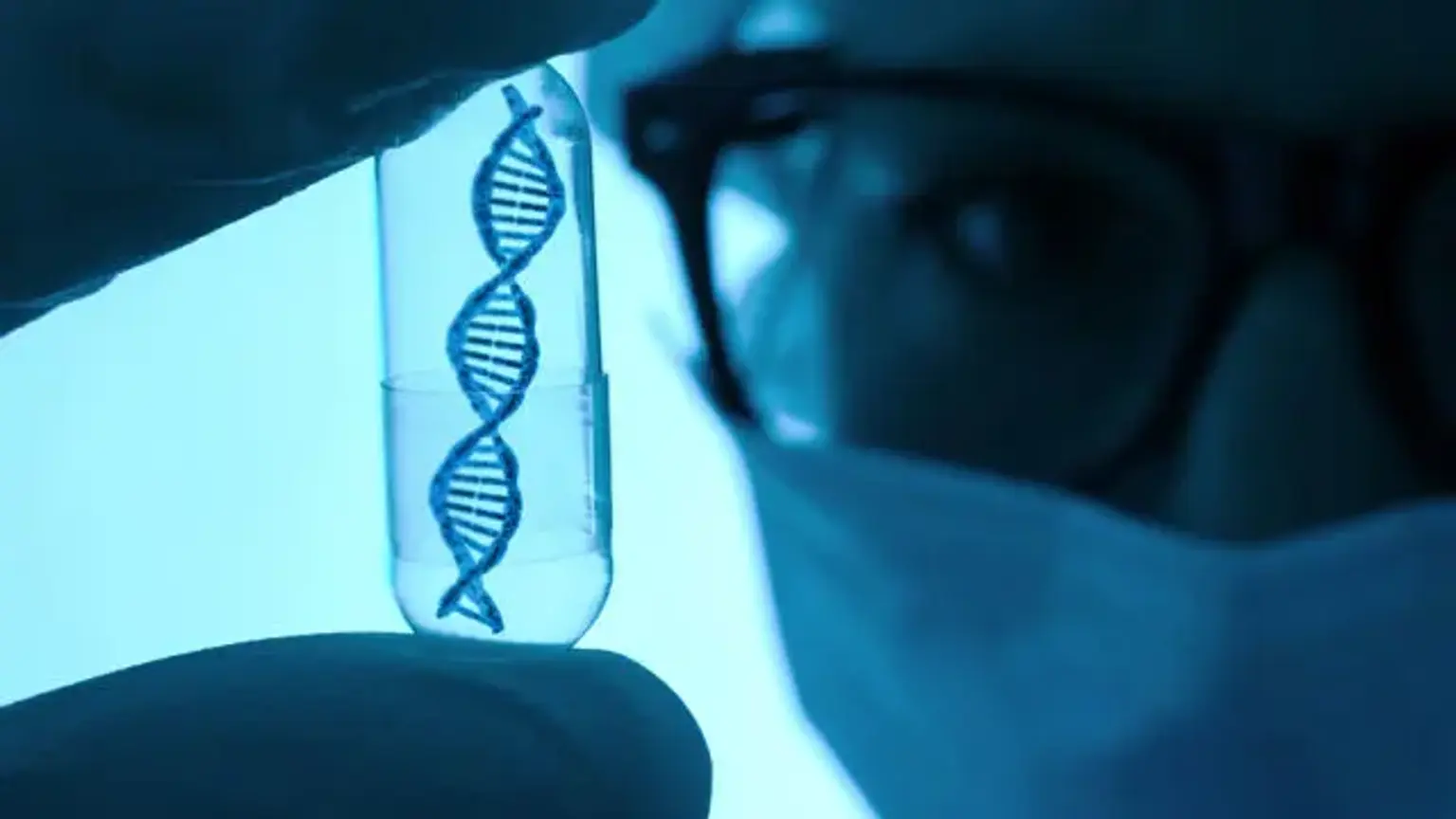Chromosomal Abnormality
Single-gene abnormalities, chromosomal abnormalities, and multifactorial diseases are the three primary kinds of genetic disorders. A chromosomal anomaly, also known as a chromosomal aberration, is a condition marked by structural or numerical changes in one or more chromosomes, which can impact autosomes, sex chromosomes, or both. The normal human karyotype is made up of 46 chromosomes: 22 pairs of homologous autosomal chromosomes and a set of sex chromosomes that consists of 2 X chromosomes in females or an X and a Y chromosome in males. Chromosomes provide all of the genetic information required for growth and development (around 22 to 25 thousand genes). Chromosome abnormalities are most commonly caused by a mistake in cell division (mitosis or meiosis), which can happen during the prenatal, postnatal, or preimplantation stages. Spontaneous abortions, infant deaths, neonatal death/hospital admission, deformities, intellectual disability, or a recognizable syndrome are all possible outcomes of these abnormalities. For preventative initiatives, genetic counseling, and appropriate intervention, accurate identification of these chromosomal abnormalities is important.
Chromosomal Abnormalities
A chromosomal abnormality also referred to as chromosomal anomalies, chromosomal aberrations, or chromosomal disorders, is a lost, additional, or irregular part of chromosomal DNA. These can take the form of numerical abnormalities, in which the number of chromosomes is abnormally increased or decreased, or structural abnormalities, in which one or more individual chromosomes are damaged. An alteration in a chromosomal section encompassing more than one gene was previously referred to as a chromosomal mutation. When a cell divides incorrectly during meiosis or mitosis, chromosome abnormalities arise. Genetic testing can identify or confirm chromosome abnormalities by comparing an individual's karyotype, or the whole set of chromosomes, to a typical karyotype for the species.
